Polyester is a common fiber in textiles , has always been one of the most popular categories in the fabric market. There are many categories of polyester fabrics on the market, but do you really understand it?
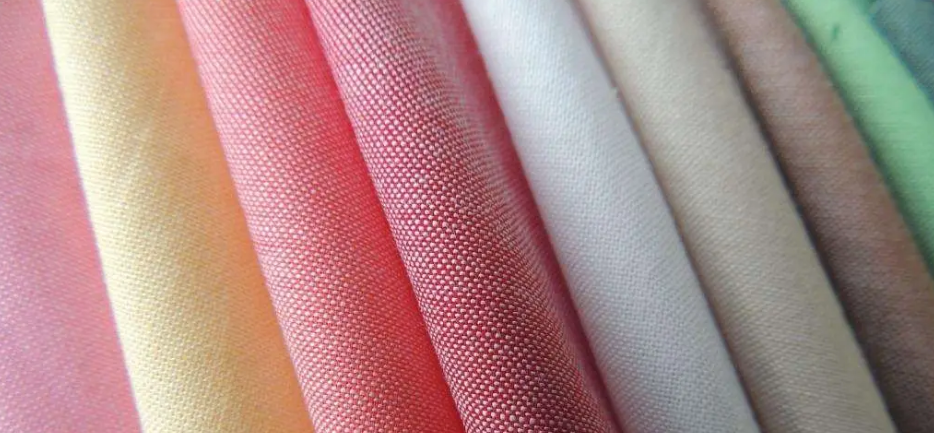
1.” What is polyester?”
Polyester is an important variety of synthetic fibers and the trade name of polyester fiber in my country. It is a fiber-forming polymer made from terephthalic acid (PTA) or dimethyl terephthalate (DMT) and ethylene glycol (EG) through esterification or transesterification and polycondensation reaction—— Polyethylene terephthalate (PET), a fiber made by spinning and post-processing.
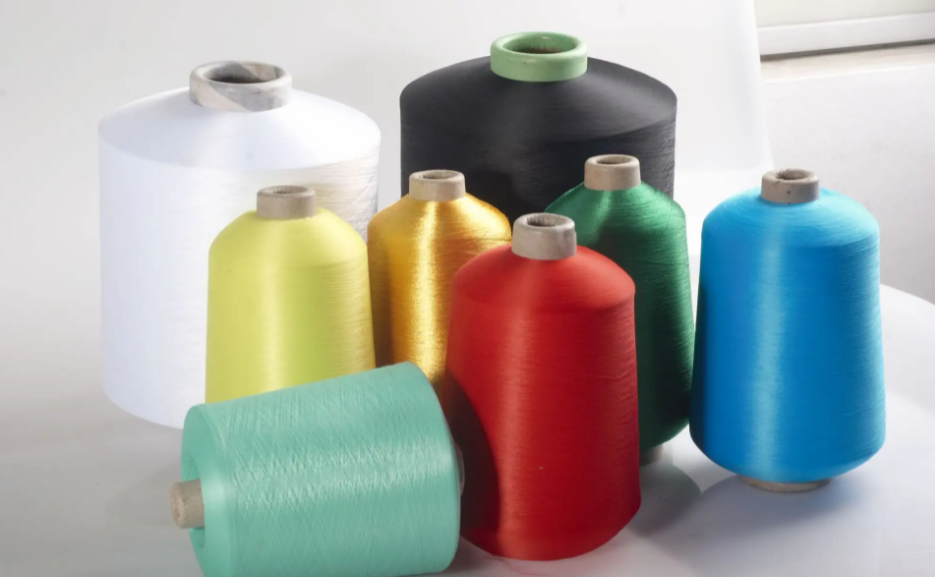
2. “Variety of polyester filament”
Spinning yarn: undrawn yarn (conventional spinning) (UDY), semi-preoriented yarn (medium speed spinning) (MOY), Pre-oriented yarn (high-speed spinning) (POY), highly oriented yarn (ultra-high-speed spinning) (HOY).
Drawed yarn: drawn yarn (low-speed drawn yarn) (DY), fully drawn yarn (one-step spinning and drawing method) (FDY), fully drawn yarn (one-step spinning method) (FOY).
Textured yarn: conventional textured yarn (DY), drawn textured yarn (DTY), air textured yarn (ATY).
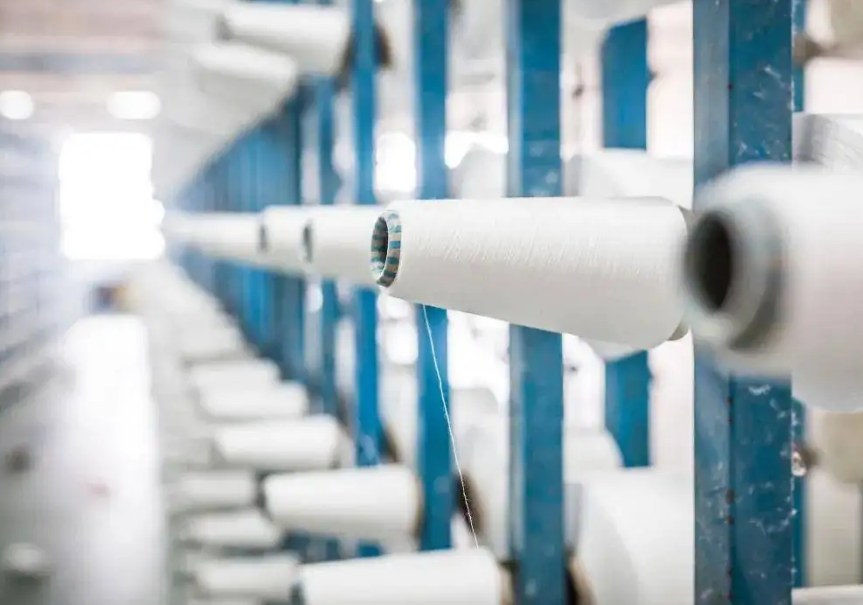
3. “How to identify POY and FDY?”
Pull it with your hands. Generally, POY can be pulled longer, while FDY can be pulled less. Because POY is a pre-oriented yarn, it is not fully stretched, and the remaining elongation must be more than 50%; while FDY is a fully oriented yarn, and the remaining elongation is generally less than 40%, which is relatively stable.
4. “The difference between FDY, DYT and POY”
FDY: fully drawn yarn. English name: FULL DRAW YARN. Synthetic fiber filaments further produced by spinning and drawing. The fibers are sufficiently stretched and ready for textile processing.
After the yarn passes through the spinning nozzle, its elongation is stretched to less than about 3% and is no longer deformed. The appearance is smooth and non-bulky. The closeness between the fibers is quite high, and the general cross-section is round (if the shape of the spinning nozzle is Non-circular ones have different shapes depending on the shape of the spinning nozzle), have poor air permeability, and have a harder feel (compared to DTY), and their silk-like properties are generally used for clothing.
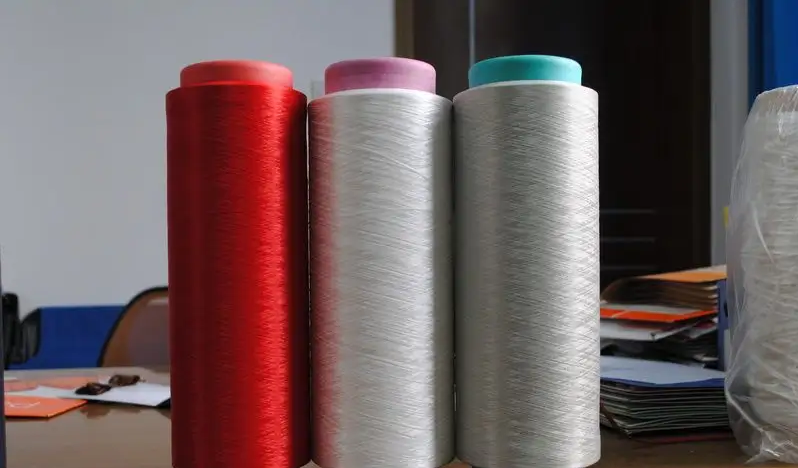
POY: Pre-oriented yarn. English name: PRE-ORIENTED YARN or PARTIALLY ORIENTED YARNDTY. The winding yarn is produced at a spinning speed of more than 3000 meters/min. The orientation is higher than that of conventional spinning winding yarn, and it has a certain storage stability compared to the drawn yarn, but the crystallization is still very low.
Yarn raw materials generally use POY (the spinning process is similar to FDY, but the elongation is higher). After false twisting (called deformation in mainland China), the fibers of the yarn are separated into a bulky shape and the cross-section is irregular and breathable. Better than FDY and softer than FDY (generally conventional yarn types).
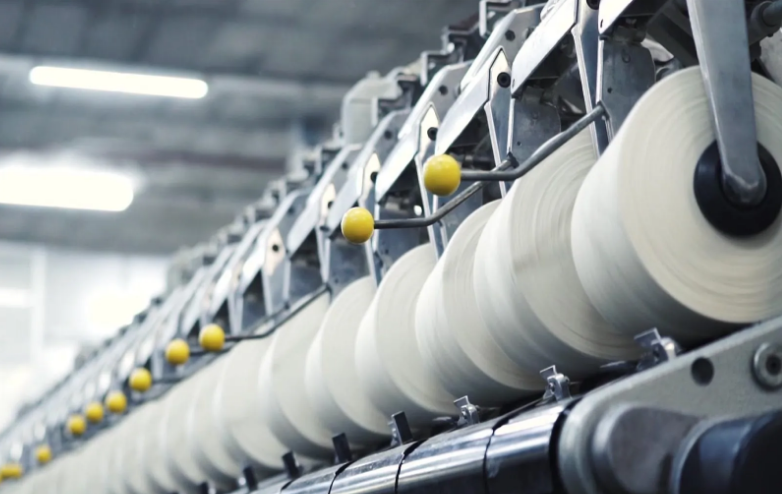
DTY: stretch textured yarn. Full English name: DRAW TEXTURED YARN.
Using the thermoplasticity of synthetic fibers, the method of twisting first and then untwisting is used to obtain bends like elasticity.The �-like shape is similar to twist, but it is actually false twist. False twist textured yarn is commonly known as elastic yarn, and it has two types: high elasticity and bottom elasticity.
It is made by using POY as raw yarn, stretching and false twist deformation. Often have a certain degree of elasticity and shrinkage.
DTY: False twisted textured yarn is called DTY (Draw Tex-tured Yarn), also known as stretch yarn.
DTY network yarn: Network yarn refers to filaments in which the single filaments are entangled with each other and form periodic network points under the action of jet airflow in the network nozzle. Network processing is mostly used for the processing of POY, FDY and DTY. The low-elastic network yarn produced by combining network technology and DTY technology not only has the fluffiness and good elasticity of deformed yarn, but also has many periodicity and network points, which improves the performance of filament yarns. The tightness eliminates several steps in textile processing and improves the ability of the tow to pass through the water-jet loom.
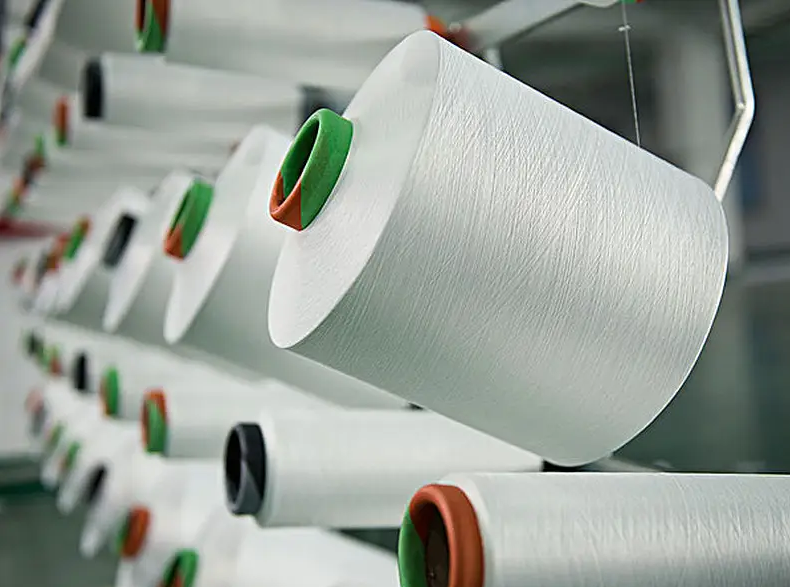
POY and FDY:
The spinning speed of high-speed spinning is 3000~6000m/m
In, the winding yarn with a spinning speed of 4000m/min or less has a higher degree of orientation and is a pre-oriented yarn, commonly known as POY (pre-orien ted yarn).
If stretching is introduced during the spinning process, a wound yarn with high orientation and medium crystallinity can be obtained, which is a fully drawn yarn, commonly known as FDY (fully draw yarn).
DT: Drawing and twisting the yarn is called DT (Draw Twist). DT can be obtained by using POY as raw yarn through a drafting and twisting machine, mainly stretching and giving a small amount of twist.
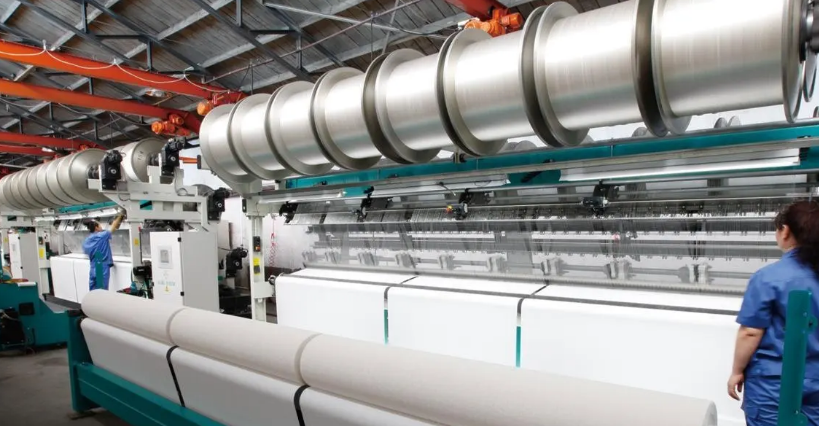
Tips>>
100D/36F, 150D/36F, 50D/18F, etc. These are the expression methods of fiber specifications. The data above the diagonal line represents the fiber’s fineness. D is the fiber’s fineness unit “denier”, which is expressed in terms of the gram weight of 9000 meters of fiber under standard conditions. For example, 100 grams is 100 denier (100D); the diagonal line The data below indicates the number of holes in the spinneret used for spinning, and also indicates the number of single filaments of this specification of silk. For example, 36F means that the spinneret used during spinning has 36 holes, that is, the fiber has 36 A single filament.





